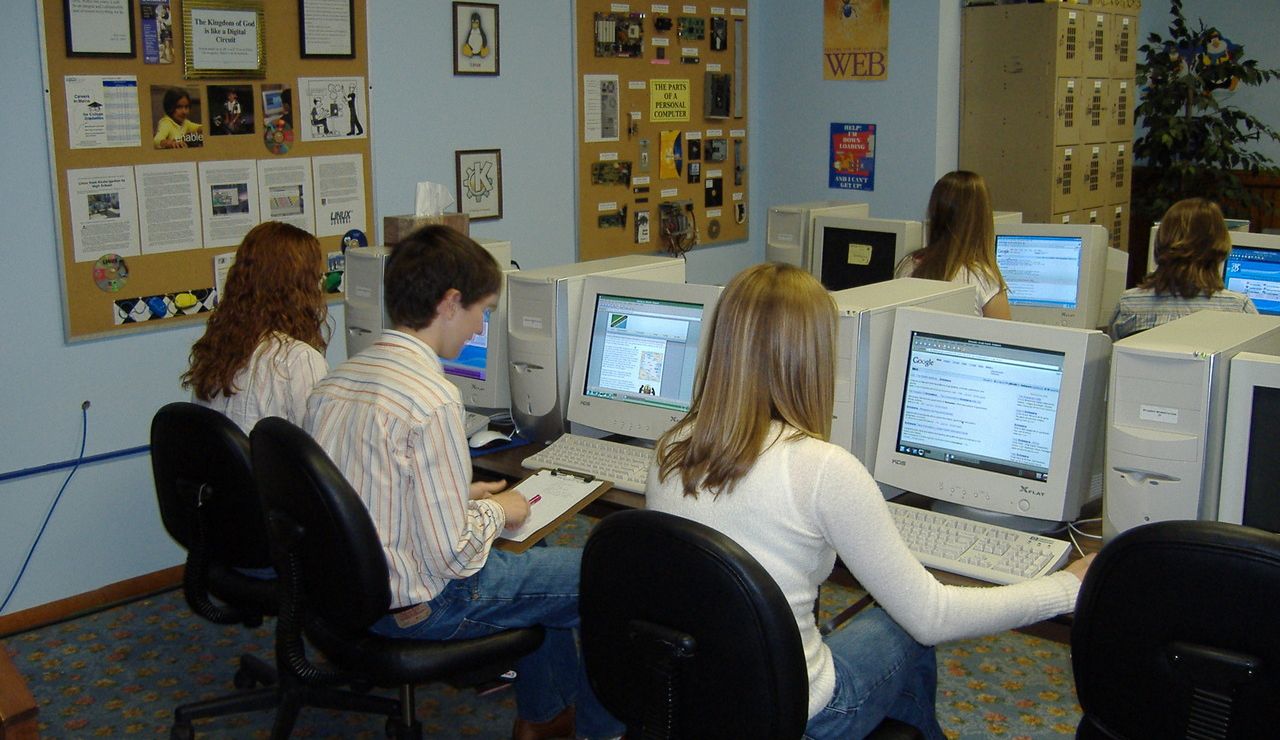Back in the 1980s, school computer labs were filled with buzzing machines, flickering screens, and tasks that required lots of patience. Students learned basic skills that now feel outdated, but at the time, they felt new and exciting. These early days of tech shaped how a generation thought about computers. To teens today, many of these habits would make no sense at all.
1. Practicing Typing Without a Backspace
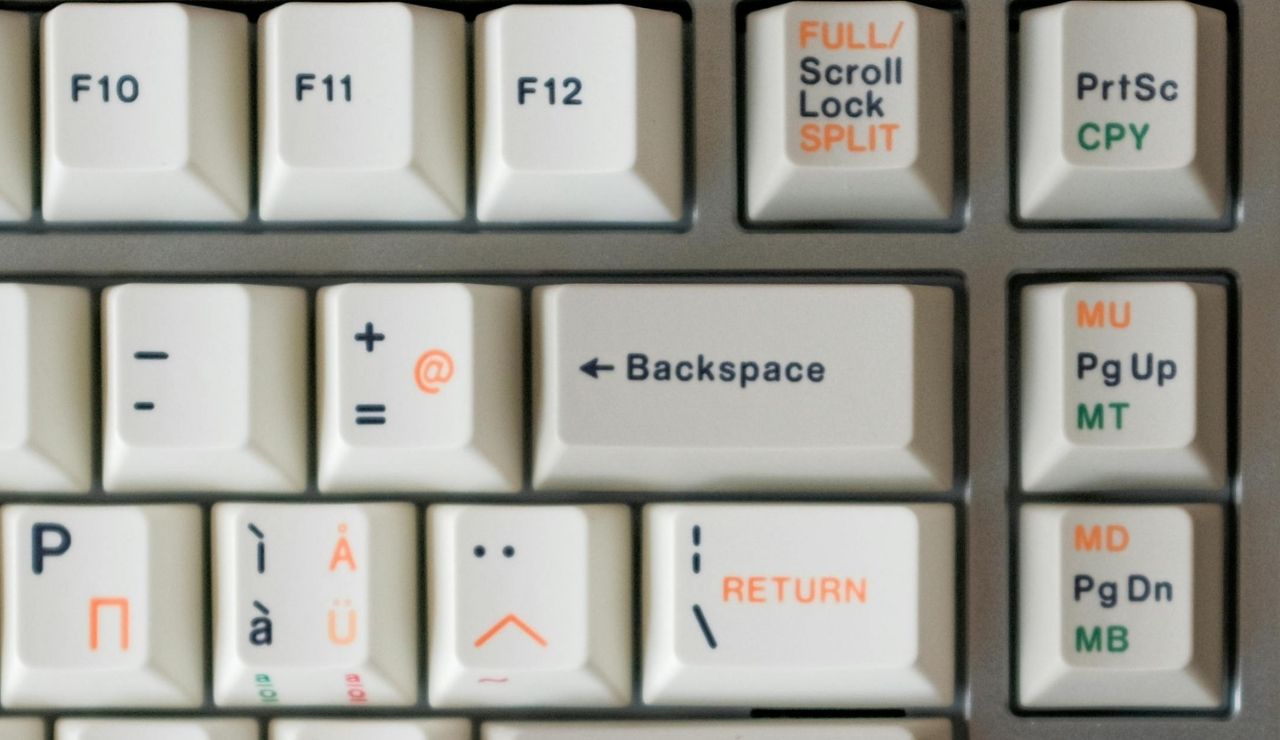
Typing lessons came with no delete key. If students made a mistake, they kept going or started over. Accuracy mattered more than speed. Typing programs gave scores on printed sheets, and teachers watched every move. Learning to type felt serious, and even one error could lower a grade. Unlike today, no one could fix a sentence with a simple tap.
2. Starting Programs with Floppy Disks
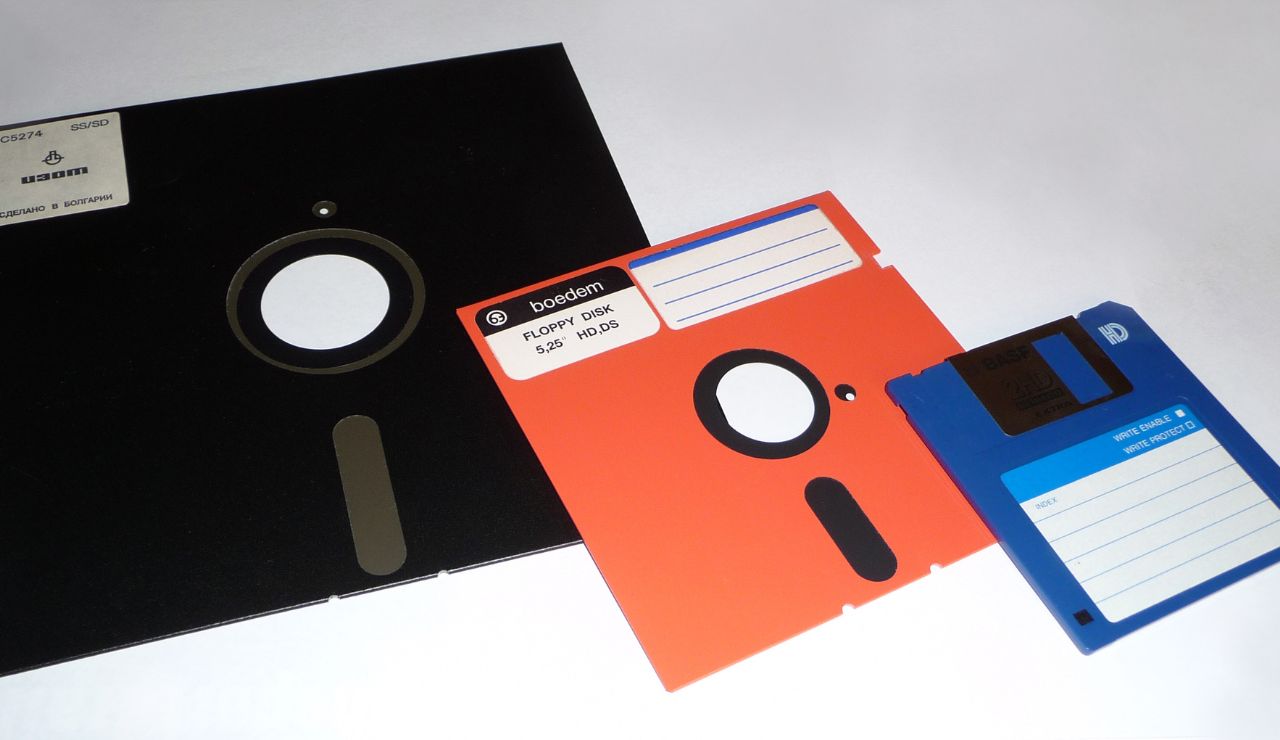
Before computers had built-in storage, programs came on floppy disks. Students slid the disk into the machine and waited for it to load. Switching to a different activity meant taking one disk out and putting another in. Sometimes the computer didn’t read it, and the process had to start over. Everything took longer, and even small tasks felt like a big deal.
3. Learning BASIC to Make Words Blink
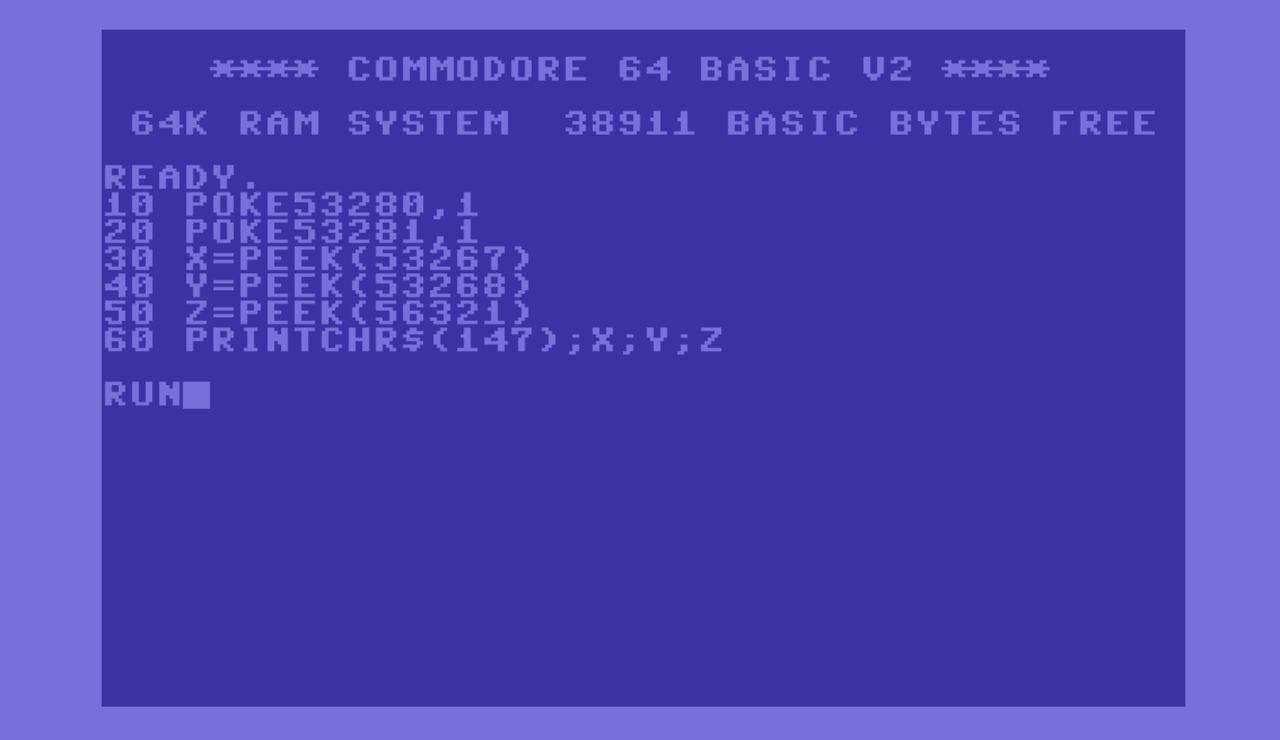
Computer classes often included lessons in BASIC, one of the first coding languages students learned. They typed lines of code from a worksheet, hoping every symbol was correct. If one part was wrong, the whole thing failed. When it worked, a message might blink or change color on the screen. Even simple results felt like a big reward after all that effort.
4. Typing Commands to Open a File
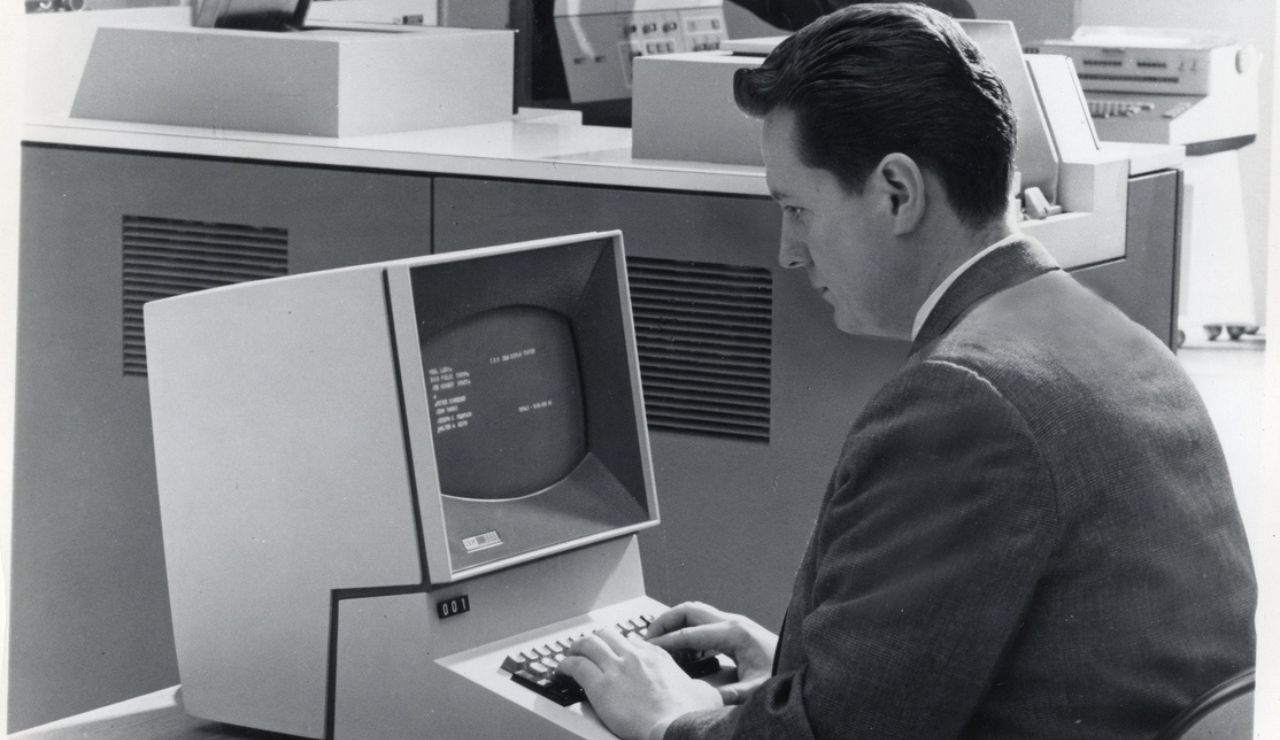
There were no icons to click. To use a program, students had to type a command exactly right. One wrong letter or space meant nothing would happen. Teachers often posted the commands on the wall to help. If a screen froze, restarting the computer was the only option. Even opening a file felt like a test of memory and focus.
5. Sharing Computers with a Timer
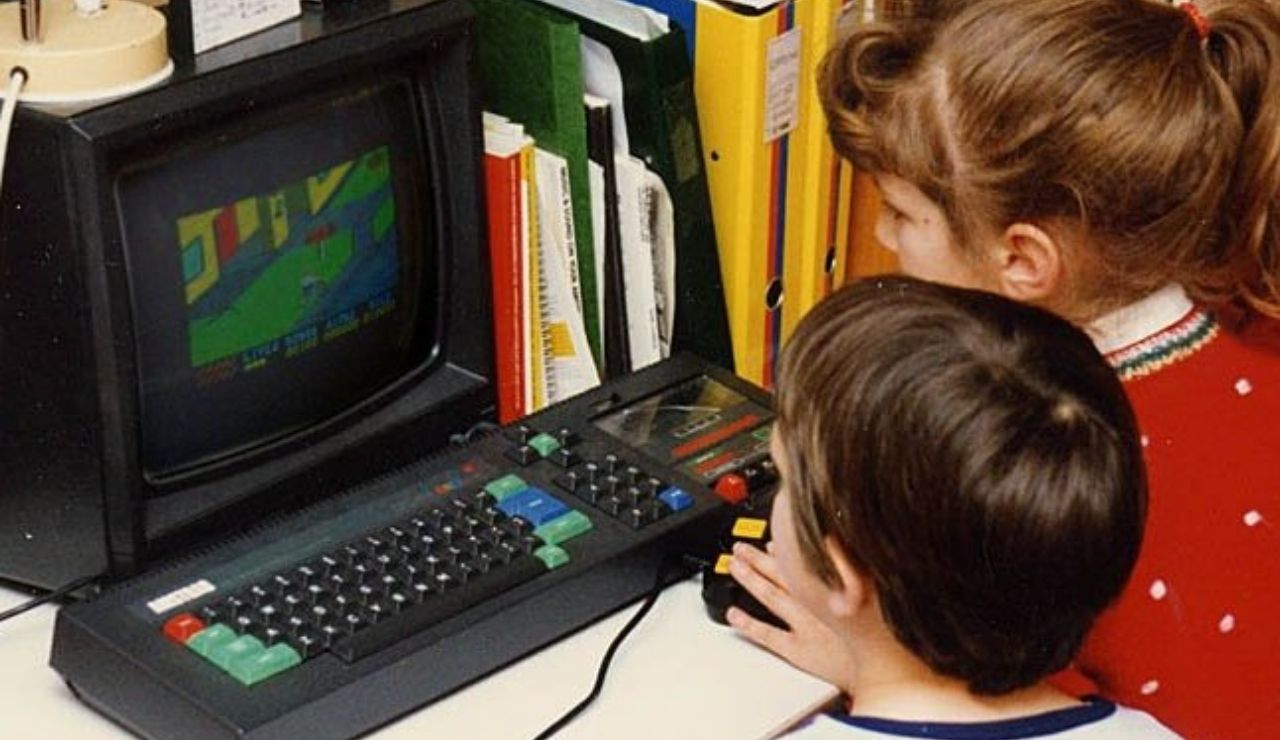
Most schools didn’t have enough computers for everyone. Students took turns, sometimes with a timer. Some watched while others typed. Teachers made sure everyone had a few minutes to practice. Sharing wasn’t always fun, but even limited time on a computer felt exciting. For many, this was their first real experience with technology.
6. Playing Games That Were Still Lessons

After lessons, students sometimes played games like Oregon Trail or Number Munchers. The graphics were simple, and the sounds were basic. Still, kids loved them. These games taught math, history, and reading. Even though they felt like learning, they gave students a break from drills. Winning meant watching a blocky shape move across the screen.
7. Waiting for the Computer to Warm Up
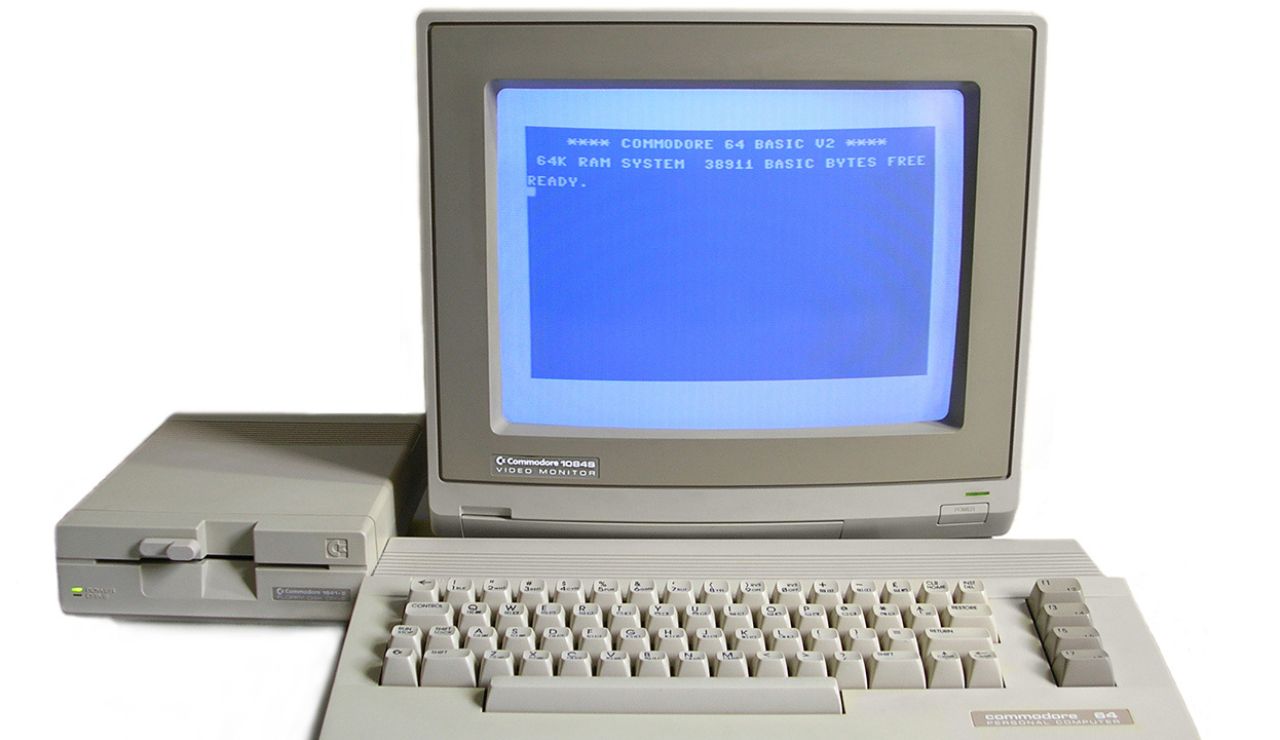
Turning on a computer didn’t mean it was ready right away. Students waited through long loading times while screens flickered and machines clicked. Some computers made strange startup noises or showed a blank screen for several minutes. Starting class meant waiting for machines to catch up. Patience came before productivity, and even logging in took time.
8. Watching Screens That Only Showed One Color
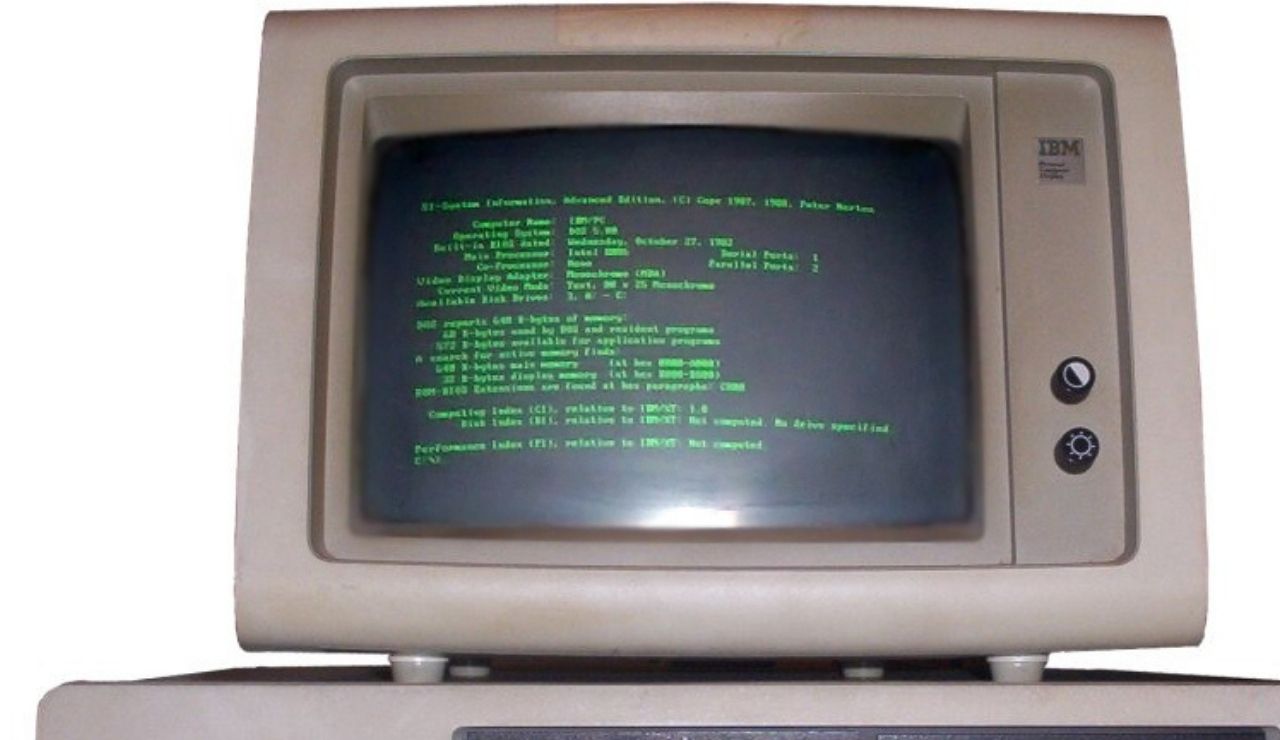
Most early computer screens didn’t display full color. Instead, students worked on black backgrounds with green, orange, or white text. Images were made of squares, and even simple shapes looked blocky. There were no background pictures or design settings. Everything looked the same. Students focused on function, not style, and any kind of image felt exciting to see.
